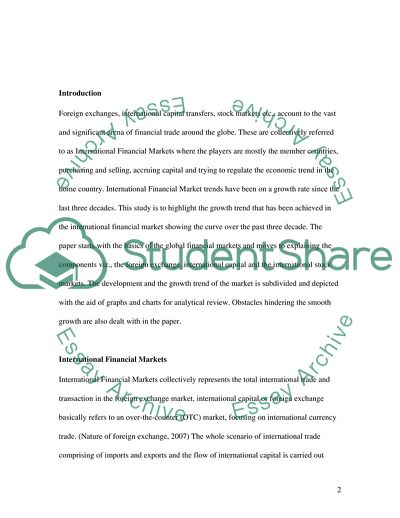Cite this document
(International Financial Markets Coursework Example | Topics and Well Written Essays - 2306 words - 1, n.d.)
International Financial Markets Coursework Example | Topics and Well Written Essays - 2306 words - 1. Retrieved from https://studentshare.org/macro-microeconomics/1707411-international-financial-markets
International Financial Markets Coursework Example | Topics and Well Written Essays - 2306 words - 1. Retrieved from https://studentshare.org/macro-microeconomics/1707411-international-financial-markets
(International Financial Markets Coursework Example | Topics and Well Written Essays - 2306 Words - 1)
International Financial Markets Coursework Example | Topics and Well Written Essays - 2306 Words - 1. https://studentshare.org/macro-microeconomics/1707411-international-financial-markets.
International Financial Markets Coursework Example | Topics and Well Written Essays - 2306 Words - 1. https://studentshare.org/macro-microeconomics/1707411-international-financial-markets.
“International Financial Markets Coursework Example | Topics and Well Written Essays - 2306 Words - 1”, n.d. https://studentshare.org/macro-microeconomics/1707411-international-financial-markets.


